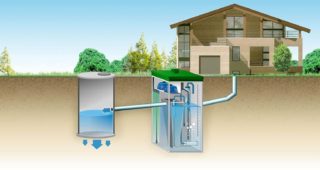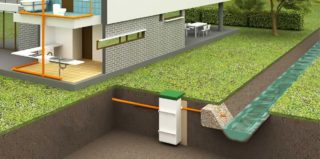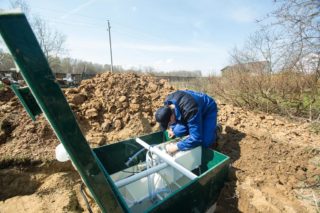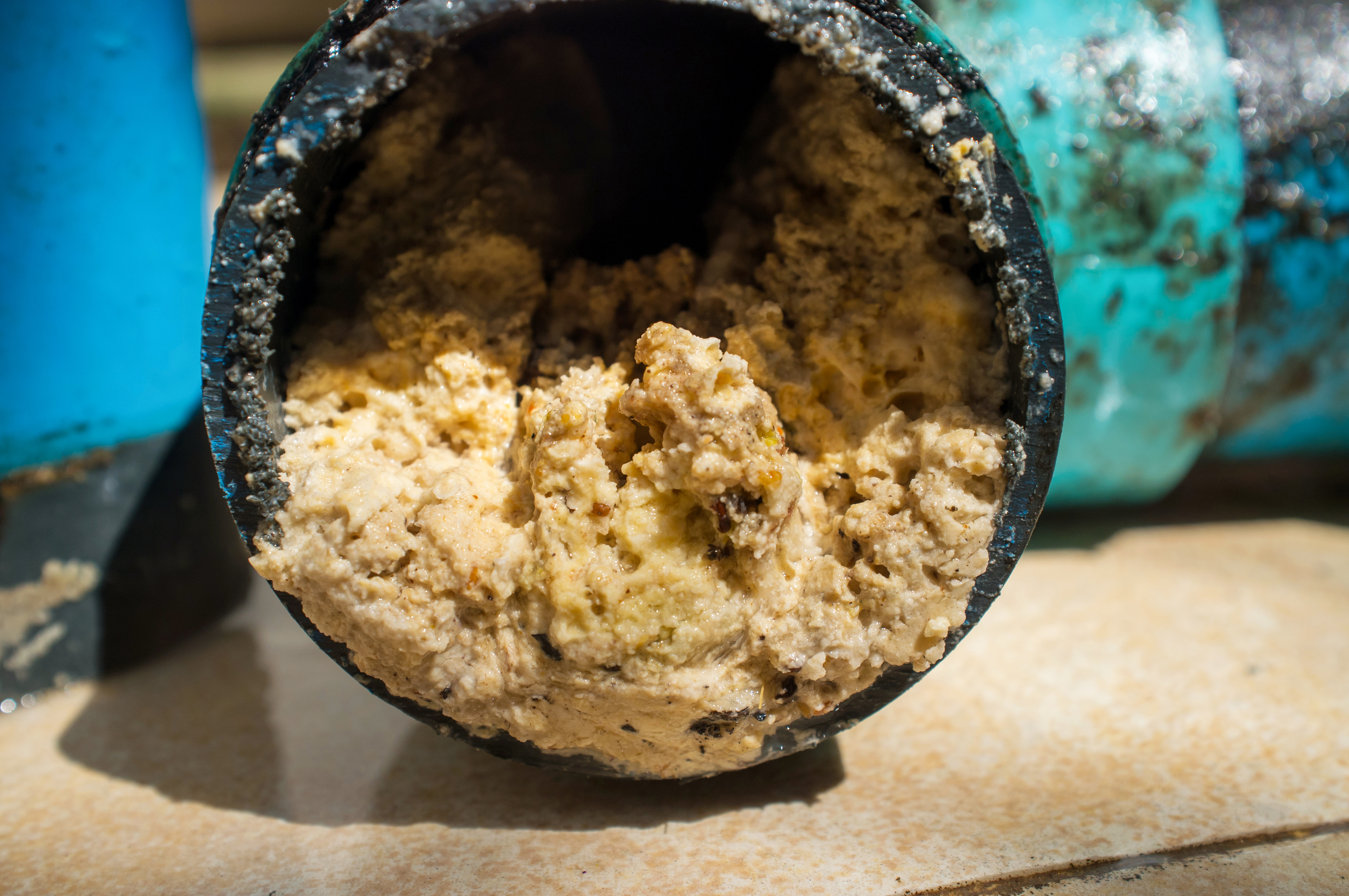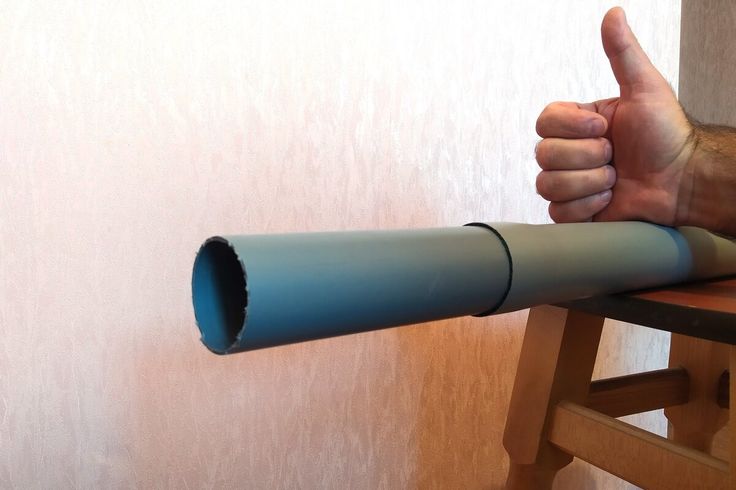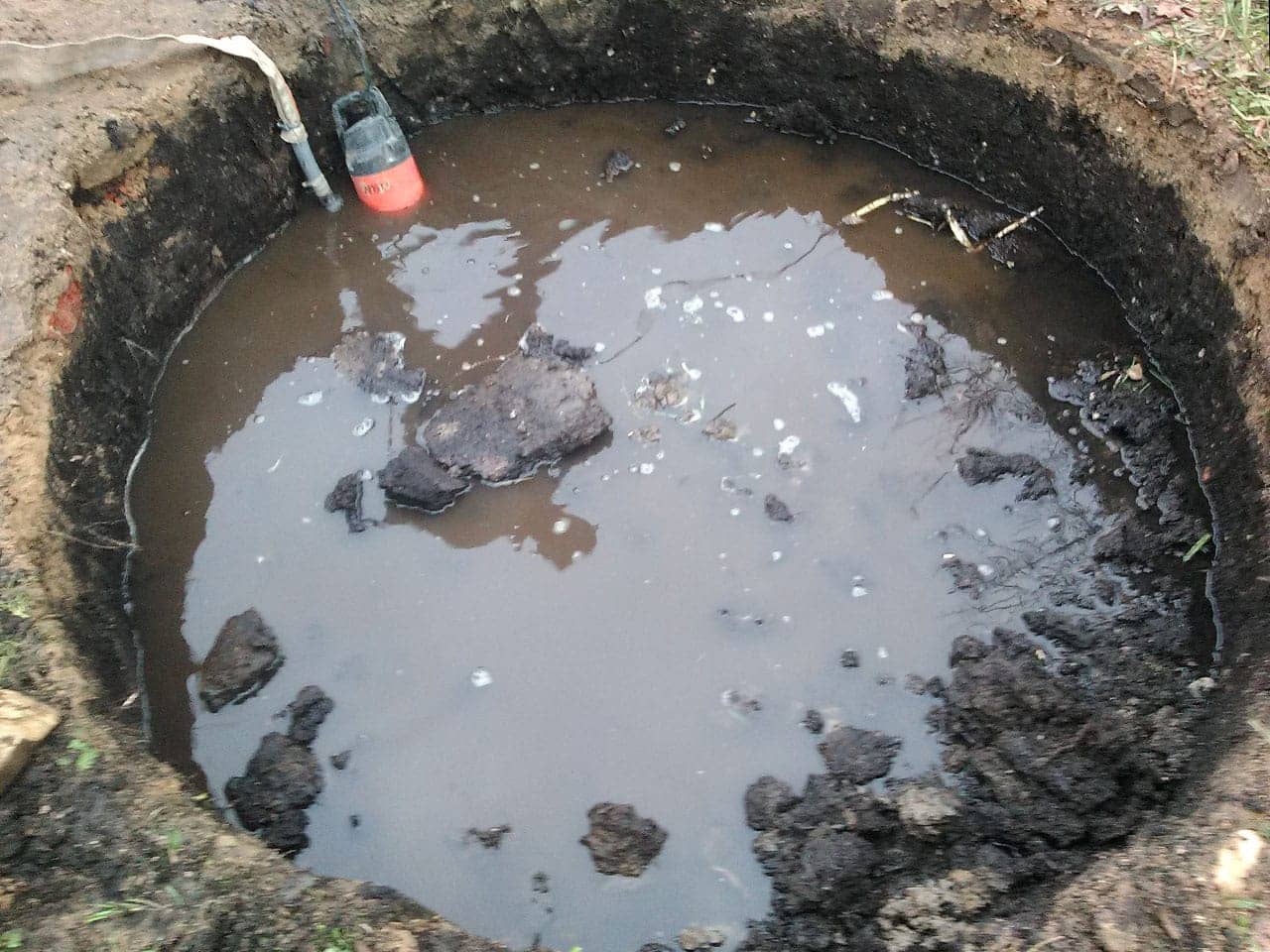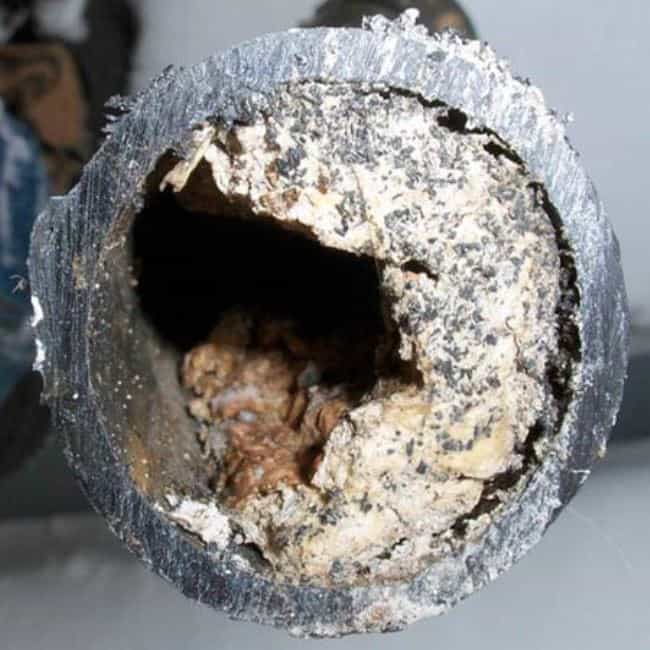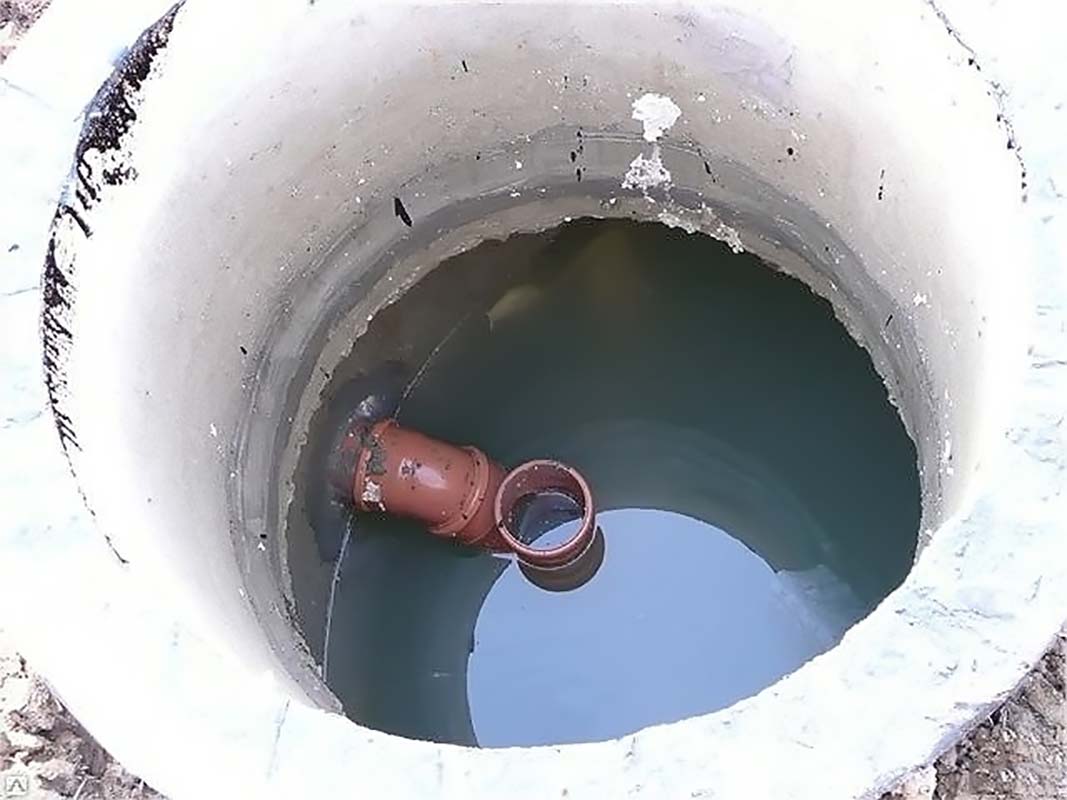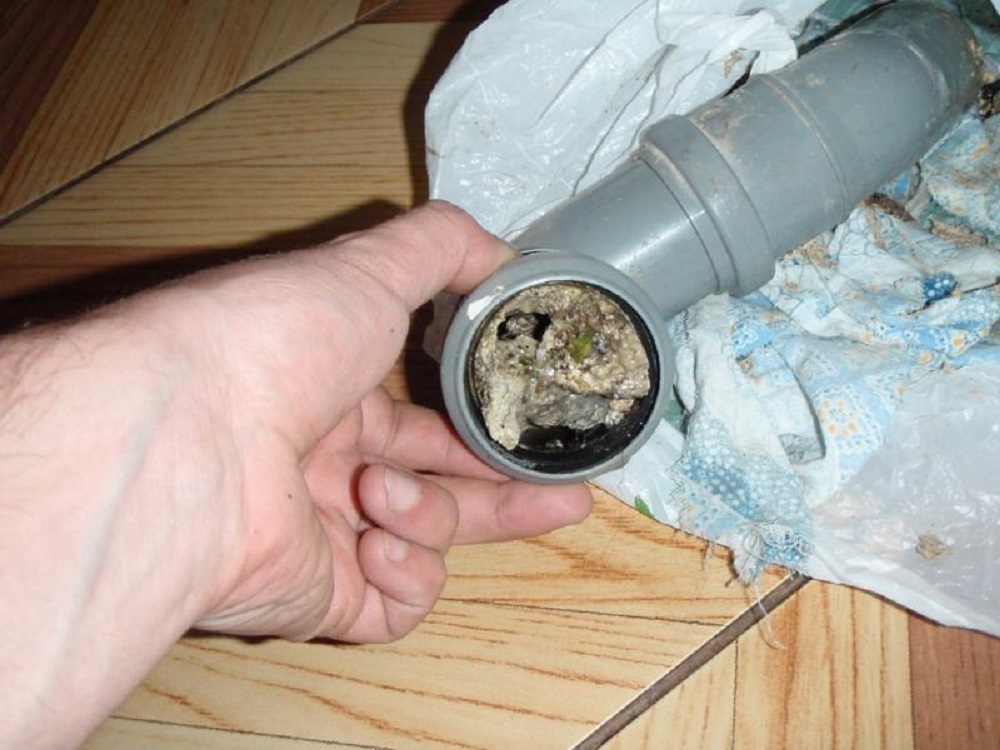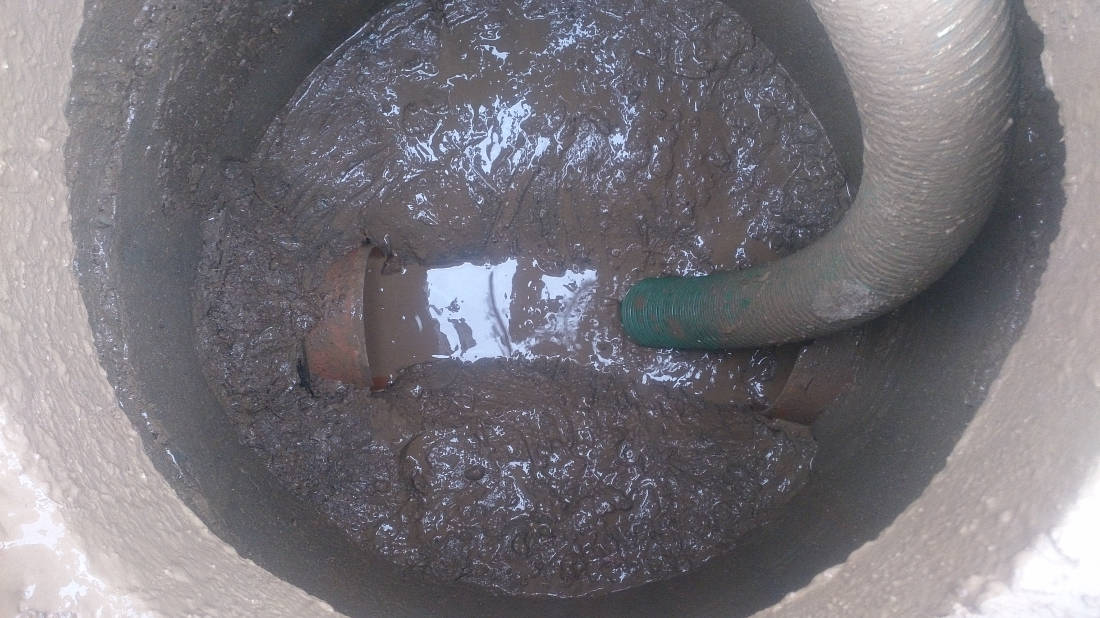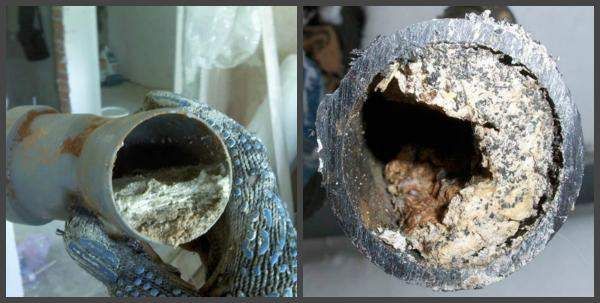Often, to ensure comfort, special conditions are required that the central sewerage cannot provide. It is for this that its autonomous version is often mounted, but how to install it correctly so that there are no troubles in the future?
What is autonomous sewerage
The very same autonomous sewage system consists of:
- Internal sewerage networks (pipelines and water intakes inside the house);
- External sewerage networks (pipes leading from the house to septic tanks, always with a slope, so that the water moves by gravity);
- Treatment station;
- Filtration fields.
The principle of operation of most autonomous sewerage systems is to stage-by-stage wastewater treatment in several chambers. The septic tanks in which this is carried out can be divided into underground filtration plants and small biological treatment plants.
- The first include the septic tank itself, where wastewater from the house gets and where it is settled and partially fermented in an anaerobic environment, and an underground filtration system, where clarified water is cleaned by passing it through a sand and gravel filter or a special filtering trench.
- Each of the structures of the second type consists of several chambers, which are combined into a building. First, the water is purified in a septic chamber, then, freed from large particles, it enters the aeration tank, where a biofilm aeration tank is used for deep purification.
System advantages and disadvantages
M
Volatile systems work at the expense of aerobic bacteria, which need access to air, for which a special compressor is used in such structures, it also consumes electricity. With regard to the consumed electricity, it is not more than 70 W / h. In the case of them, it is possible to single out from the disadvantages perhaps their high cost, since there are much more advantages:
- Complete processing of effluents into usable water;
- Discharge of water to any place;
- Absolute tightness;
- In some cases, there is absolutely no need for sewer services;
- Compactness;
- Fast cleaning processes.
Non-volatile, however, are containers made of brick or plastic, which are divided into several septic tanks, passing through which the water is clarified by about 50 percent. The remaining cleaning is carried out on the filtration fields. If we talk about such attitudes, then everything is exactly the opposite. Of the advantages, only cheapness and ease of installation can be called. While the flaws in such systems are much more:
- Large volume of earthworks;
- Allocation of a large area for filtration fields;
- Constant drainage and payment for regular sewer services;
- Sooner or later, wastewater will begin to penetrate into the ground, thus poisoning it;
- Permanent unpleasant odor that is difficult to eliminate.
Even despite all these disadvantages, the second type of autonomous sewage system is much more popular than its more expensive version. But if you calculate the cost of maintaining non-volatile systems, you can see that the amounts become approximately equal.
Installation manual for autonomous sewerage
- The relief of the site;
- Climate;
- Soil and its components;
- Location of groundwater and their level;
- The number of residents of the house and the term of residence in it;
- The presence of obstacles that complicate the entry of sewers.
You should not carry out work and calculations alone, because in the event of the slightest mistake, you risk throwing money down the drain and make yourself problems in the form of ineffective sewer operation or its constant need for repair and additional maintenance.
In order for the station to work successfully, be guided by the following rules:
- A place in loose and non-acidic soil is suitable for draining wastewater, because suitable microorganisms live there, also make sure that this place is at a fairly large distance from the house and other buildings. Do not forget that it should be at the maximum distance from the well, if any;
- Before installing the sewer pipes, make sure that the groundwater level and the depth of their freezing are correctly indicated on the drawings.
- The cesspool must be equipped with concrete rings or bricks to ensure reliable sealing;
- Invite specialists to install pipes, you should not save at this point, since if they are installed poorly, there is a chance to nullify the entire sewer system.
Next, you should calculate the estimated amount of drains, leaving the number of permanent residents. This is approximately 200 l / day per person.
This is followed by the arrangement of a pit in which a septic tank will be located in the future. Pipes will be connected to it, through which the sewage will move. Remember that it is worth laying out in such a way in order to minimize the number of turns, because they are the first reason for blocking the pipeline, they should also be laid on compacted sand, due to the fact that any soil begins to sag over time.
If you want to avoid freezing of the external pipeline, take care of its high-quality insulation, or equip the building with heating. In order to eliminate the possibility of freezing of the outer pipes, lay a cable that will be connected to electricity and provide the desired temperature even in the most severe frost.
Also remember that such places are a frequent refuge for rodents, so leaving a sufficient amount of poison there will also not be superfluous.
The installation of an internal sewage system also fraught with several subtleties:
- The most popular pipes for domestic sewage are PVC or PP pipes;
- The standard slope for laying is 1-3 centimeters per linear meter. At the junction of the pipes, a socket connection is used, if necessary, it can be a tee or a revision;
- Fixing the pipe to the wall must be strong and carried out on special clamps;
- The installation and connection of plumbing in the house should be thoughtful to avoid unnecessary work and pipes. It is best to position the toilet next to a sewer riser.

